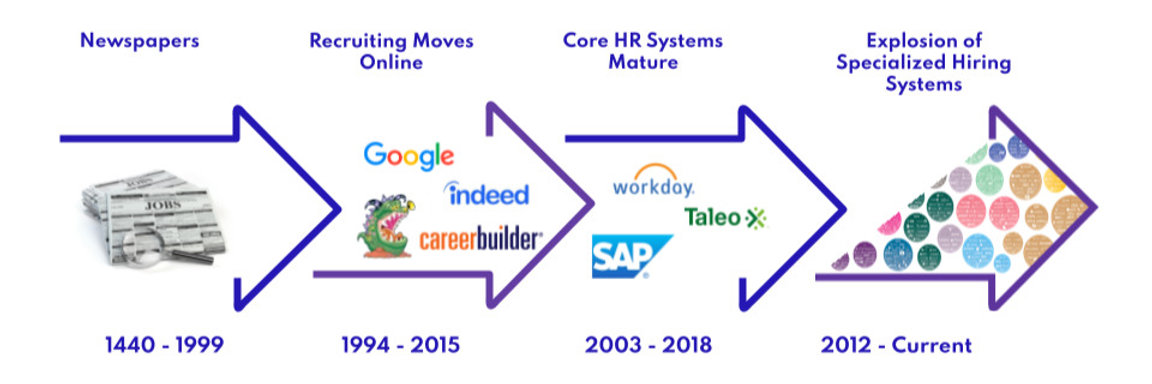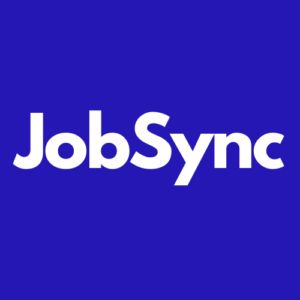
Alex Murphy joined William Tincup for an hour and 42 minutes of a journey through all things job boards, candidate and recruiter experience, Indeed, Facebook, and programmatic. We compiled some of the highlights and will release them one at a time via our blog page. So read on and stay tuned for more.
Job Boards are a marketplace, where there are two constituents that matter who have equal worth in the process of operating a job board. It’s a marketplace dynamic of people looking for work and people looking for workers.
But the history on how we got there is fascinating…Alex and William delve into how the job board marketplaces have evolved to the state we find ourselves in today.
When you look at the various job sites that rose to fame, how they came to be tells us a lot about the unique challenges that companies face when trying to find the perfect match between employers who need workers and workers who need jobs.
To build these constituencies, these boards found that they needed to invest in two-sided marketing. It seems odd to think that before the 90s no one was really advertising online where to go to find a job – because there were only three options 1) know someone 2) walk in or 3) look at the local newspaper. One of the primary ways that job boards sold to customers in the late 90s was to figure out how to market to people. Remember the Monster Super Bowl kids ad? It still holds strong today if you watch it.
The rise of the internet in households and the birth of Google sparked the notion that making the experience of searching for a job should benefit the people searching and the people hiring.
“Indeed was just better, smarter, more nimble…and went to where the puck was going.” – Alex Murphy
Regardless of how online job boards arose, something unexpected occurred – the rise in the number of candidates…and more importantly unqualified candidates. In fairly short order, the hiring companies started getting a lot of candidates, many of whom seemed fairly unqualified. Most companies made the change to online advertising to increase their reach to more candidates, without recognizing that it was a double edged sword – with the increase in candidates, it also increased the number of unqualified candidates.
The rise in applicants gave way to the rise in applicant tracking systems.
“If you don’t have applicants, you don’t need a tracking system” – Alex Murphy
“..and those applicant tracking systems aren’t applicant generating systems…and it has to be relatively easy to apply.”
And the rise of more tech gave way to more searches (the 2000s). Google is perpetually interested in trying to service the pages on the internet that have the answer to a question – but where are we at now with Google for Jobs?
The job category is not much different than any other category. From real estate to cars to jobs – Google will cater to the best piece of content. Google for Jobs is just MORE organization for job content, inside of a search engine. Job boards have more data to publish so it can climb the data ladder. And right now their priority is improving the user experience. There is more and more focus on Direct Apply options so people can search, click, apply.
But where is Google getting their money? The answer is simple – everywhere – but job boards are spending the least because they do not need to drive that experience with their users. There is no shortage of job seekers.
Companies were getting applicants, by the truckload, and in blink of an eye you have more than just an explosion of online job boards, applicants galore, but also the growth of the TA Tech/HR Tech ecosystem.



